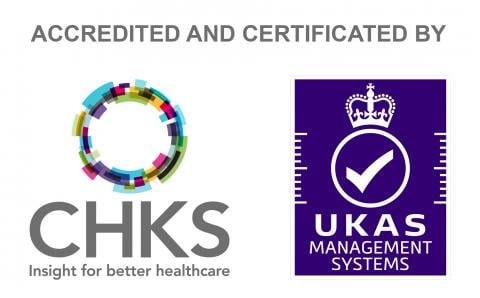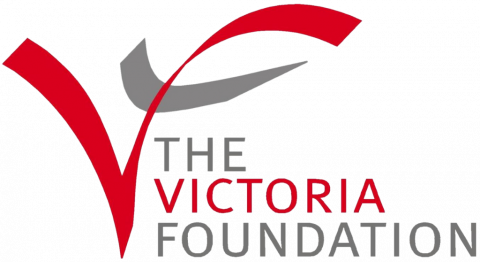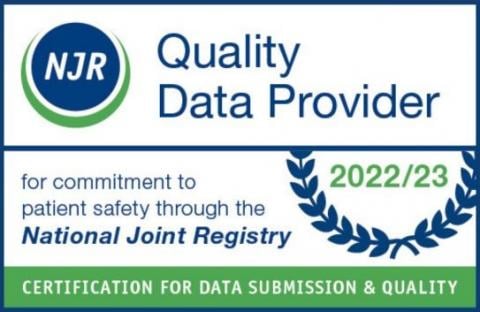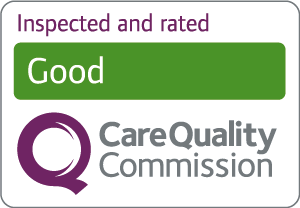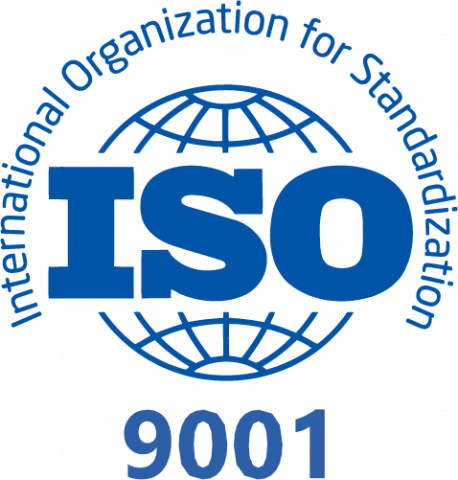
“Cold hands, warm heart”, they say. But for some people, cold hands, and often feet, are signs for a more serious condition. Winter is usually the worst time of the year for people suffering from Raynaud’s Syndrome. During Raynaud’s Awareness Month, Dr Shahid Jawed, Consultant Rheumatologist at New Victoria Hospital, provides some guidance on how to manage this annoying condition.
Raynaud’s Syndrome affects more women than men
Raynaud’s Syndrome is a condition that affects around 5-10% of the population, and it is characterised by spasms in the small blood vessels, most commonly affecting the hands and feet. These lead to reduced blood flow which in turn leads to the characteristic colour changes.
It seems to affect women more than men. The effect of estrogen on cell surface receptors that regulates blood flow in the body could be the cause of increased cold sensitivity.
Raynaud’s can occur in other areas such as the lips, nose and ears. It is essentially an exaggerated response to cold exposure, although other triggers are possible such as stress.
Raynaud’s Syndrome can have a significant impact on your everyday life
Raynaud’s Syndrome can impair function considerably and affect your daily life. Gestures such as buttoning your shirt and zipping your jacket or activities like typing on keyboards or even walking and running can become very difficult.
Typical symptoms of Raynaud’s Syndrome are:
- pins and needles
- pain
- numbness
- colour change
Usually attacks last a few minutes but in some cases can go on for hours.
It is important to recognise primary and secondary Raynaud’s forms during diagnosis.
In most cases, a clinical diagnosis can be made with a typical history. Hands usually become white with reduced blood flow, then a dusky/blue colour, due to lack of oxygen in the blood. Finally, a red-flushed appearance when the blood flow returns.
Most GPs will recognise the condition, reassure and offer advice.
Primary Raynaud’s Syndrome
Primary Raynaud’s usually starts in the 15-30 yrs age group. It is usually a more benign form, often fairly symmetrical in hands and feet. Symptoms are mild, and the condition is more manageable.
Secondary Raynaud’s Syndrome
Secondary Raynaud’s is related to an underlying disease or has a defined cause. It is more common in the over 40s.
In Rheumatology practice, the most prevalent association seen is with autoimmune connective diseases such as scleroderma, where Raynaud’s is usually the first symptom, accompanied by swollen fingers and heartburn, and Sjogrens Syndrome, characterised by dry mouth and eyes.
These patients can have such severe Raynaud’s that it leads to ulcers and even loss of digits in extreme cases.
Other secondary types can be related to smoking causing arterial disease, use of vibrating tools or induced by drugs, such as beta-blockers.
In more problematic cases of primary Raynaud’s Syndrome or with most cases of secondary Raynaud’s, it is advisable to see a Consultant Rheumatologist.
Blood tests are used to try to help distinguish between Primary and Secondary types
Blood tests are prescribed to understand if Raynaud’s Syndrome is related to other immune conditions or serious diseases.
In a small percentage of cases, Raynaud’s Syndrome can be a symptom of leukaemia, rheumatoid arthritis and lupus.
5 things you can do to manage Raynaud’s Syndrome
Raynaud’s Syndrome can’t be cured. However, there a few precautions you can be taken to cope with it better.
The key is to keep your core body temperature high and warm the peripheries. Try to avoid cold exposure and other triggers as much as is practically possible. Sudden temperature changes should also be avoided.
The 5 things you can do that can help you manage your Raynaud’s Syndrome are:
- Invest in a pair of electrically-heated gloves
- Wear thick socks
- Use hand warmers
- Insert thermal insoles in your shoes
- Relax, meditate and breathe
Medications for Raynaud’s Syndrome
You can try some non-prescription remedies.
Supplements of Vitamins C and E, and Gamolenic acid (gamma-Linolenic acid or GLA), contained in fish oils and evening primrose, have shown some benefit. Ginkgo and ginger can also be beneficial.
In more severe cases, some drugs can be prescribed.
These are generally vasodilators. Calcium channel blockers such as nifedipine are usually first line treatment. Dose is gradually titrated based on response and side-effects. Headaches and flushing are the most frequent problems with this class of drugs.
Alpha-blockers, angiotensin receptor antagonists, and phosphodiesterase inhibitors are the most common.
Fluoxetine, an anti-depressant, has shown some promise in a small study.
Surgical sympathectomy and Botox injections are also options in more resistant severe cases.
If you experience any symptoms that might signal that you are suffering from Raynaud’s Syndrome, you can book an appointment with Private GP Service or see one of our Consultant Rheumatologists at New Victoria Hospital, by calling 020 8949 9020 or booking online.



